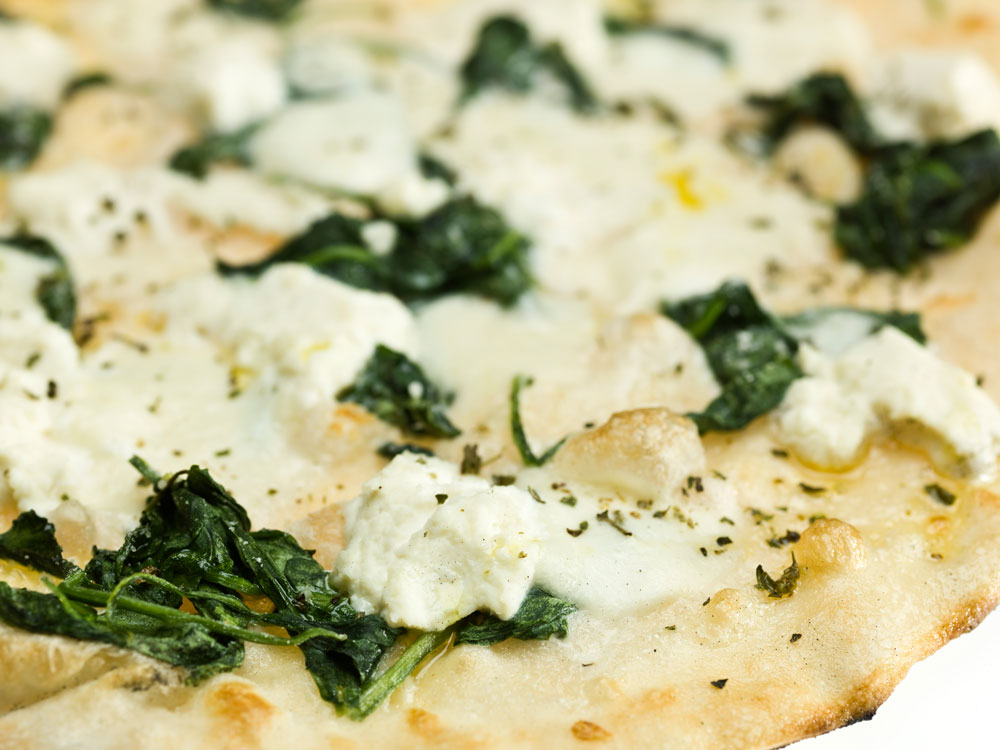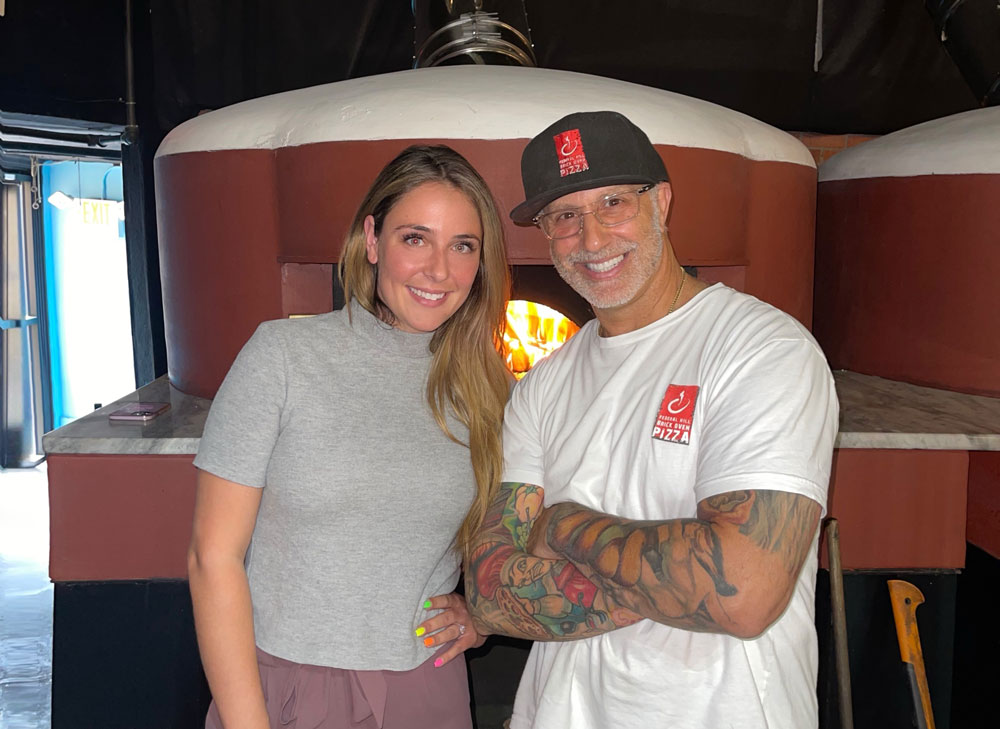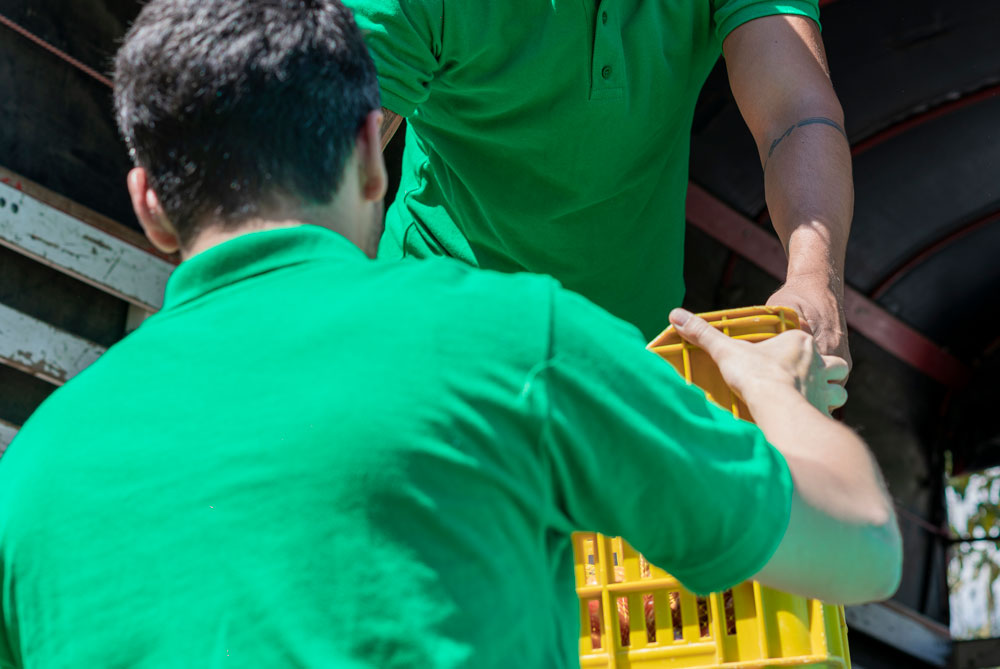- Socially distant setups, coupled with major labor shortages on the manufacturing end, are causing widespread efficiency reduction, leading to product unavailability for restaurants.
- Pizzeria owners have to build better relationships with their suppliers and distributors just to stay afloat.
Related: 10 things we learned about pizzeria marketing and operations from Billy Manzo
By Billy Manzo, Jr., Federal Hill Pizza
Supply has been, well, in short supply these days. The pandemic has created significant supply chain issues, and independent restaurant owners have had to bob and weave like Jack Dempsey in order to keep from getting knocked out.
Socially distant setups, coupled with major labor shortages on the manufacturing end, are causing widespread efficiency reduction, and that’s leading to product unavailability. “People don’t realize that, when workers can’t be in a manufacturing plant less than six feet from each other, that causes output to decrease significantly,” says Alyssa Fusco, Federal Hill Pizza’s territory manager at US Foods. “Another thing people don’t understand is that there are only a handful of key players in manufacturing. So when the Tyson trucks or the Brakebush trucks don’t show up, or the plants are having issues, that affects so many other branded products, because they’re all under the same house.
Having to change up the menu every day is a headache. It’s like waking up every morning and having to write a new national anthem. But a changing daily menu can also make your restaurant appear more upscale.
“It’s like a domino effect,” Fusco adds. “All of a sudden, a Tyson truck doesn’t show up, and we don’t have any more product to sell operators. They have to go to Brakebush. So now we have to go and wipe out another SKU, and then the process happens again and again, because there’s little to no forecasting, little to no communication. It’s like we’re at that part in the Titanic movie when the musicians are on the ship, playing the violins, while the ship is sinking, and Rose and Jack are running to the top of the ship to save themselves.”
Related: 10 tips for a 5-star restaurant bathroom

Product unavailability has become a serious hassle for the foodservice industry.
Agreed. It’s glacier-level chaos out there. And with this kind of supply breakdown, restaurant operators have to make adjustments on their end to survive. They have to pivot. They have to be creative. They have to hire, train and retrain employees. They have to build better relationships with their suppliers and distributors just to stay afloat. As Fusco says, “If you’re not savvy and can’t think on your feet, you’re going to have problems.”
Here are four of my “bandages” for the cuts and gashes we’re getting each day as we try to run our business in this COVID-era world.
1. Delete your hard-copy menu.
Nowadays, consistency in the restaurant game is out the window. We can’t rely on product being available on a regular basis from manufacturers. We just can’t. That means our customers can’t rely on product being available from us on a regular basis. My menu changes daily now—sometimes on the fly—based on what I can and can’t get.
The bad news: Having to change up the menu every day is a headache I don’t need. It’s like waking up every morning and having to write a new national anthem. I have enough on my mind. But it’s the only way I can stay in business in an industry that is perpetually in flux. Oh, say, can you see!
The good news: A changing daily menu can make your restaurant appear more upscale. It’s also a reason to pop on to social media and engage with your customers: “Hey, check out the special we’re having tonight!” Are you always looking for good content to post? A changing daily menu is the new social media influencer.
Related: How to enhance your pizza’s flavor

Utlizing reliable products (such as ricotta cheese) can provide consistency across different aspects of your menu.
2. Utilize reliable products consistently and widely.
As a pizza restaurant operator, I know there are certain products that I can get consistently, such as flour. Since virtually all flour plants are automated and very few human beings are needed to work in them, we’re having an okay time getting flour in (even though shipping and receiving is going through the roof, but that’s another story). And when I know I can rely on a particular product, I try to use that product for all possible segments of my menu. For example:
AVAILABLE PRODUCT/MYRIAD USES
- Ricotta cheese: Pizza, hamburgers, salads
- Roasted red peppers: Pizza, salads, new appetizers
- Stale bread: Croutons, bread crumbs
- Ground beef: Meatballs, pizza, salads, soups
- Cherry tomatoes: Salads (whole or ground), pastas, pizza (gourmet item)
- Pepperoni: Pasta dishes, salads, pizza
- Romano cheese: Romano potato chips, salads, pizzas
I have to be a chameleon. The current supply situation demands a level of creativity, which solves the problem of what my customers are going to eat tonight. However, it also brings its own set of problems. Because now I need somebody in my kitchen as either an executive chef or a sous chef to create these new dishes. So, yeah, I want to be flexible—I have to be flexible—but many times my staff looks at me like the proverbial deer in headlights when I tell them what I want to do. That means that, every day, I’m in the kitchen, training. And that costs time. And time is money. But I have to do it.
3. Utilize unreliable products for premium dishes only—and charge customers accordingly.
A 4- to 6-ounce white chicken breast has become the four-leaf clover of the pizza business—good luck finding one. That means I can no longer reliably offer pizza with white chicken breast on my menu at this point. Why? Because 1) I don’t have enough of it, and 2) I have to use that chicken breast, when I do get it, for dishes that have higher margins, like chicken Parm. I have to make it a premium item. As a replacement, I can buy chicken tenders, another type of white meat, to use for my chicken sandwiches. But, by and large, I have to say bye-bye to white chicken breast on pizza.
Related: The potential and pitfalls of ghost kitchens
Fresh vegetables are also a concern. All those laborers toiling in the fields picking vegetables are really close and on top of each other, so vegetables have been difficult to order consistently.
And because of the scarcity of supply, I also have to increase pricing on these items. Luckily, our customers understand. They know that everything is going up—barbecue grills, fencing, lumber, fish—based on what they read in the newspapers and on social media. They are savvy and haven’t questioned our need to raise prices. At least, not yet.

Billy Manzo relies on Alyssa Fusco of US Foods to help him understand supply shortages in the restaurant business.
4. Build relationships.
Relationships—with manufacturers, with distributors, with customers—are more important than ever. As Fusco notes, manufacturers haven’t been good about communicating delays and shortages to their distributor and retail partners. “They don’t want us to tell our customers that there are delays or shortages, because they don’t want our customers to go out and buy new product or find other things that fit their menu,” she says. “So it turns into a disaster from the top, and it’s just bleeding over, because there’s no communication to realistically stop it.”
Exactly. That’s why communication on our end is vital. We need to go to our sales reps and our manufacturer partners in order to build—and, in some cases, rebuild—that relationship. Let them know, “Hey, we’re here! And we’re doing everything we can to work with you.” We need to make the effort. Right now, manufacturing companies and distributors are going through their portfolios and deciding:
- Who is weathering this storm?
- Who has been loyal to my brand?
If the communication is bad, they’re kicking restaurants to the curb. No joke. I’ve seen it happen. And, in some cases, they’re doing it with less than 24 hours’ notice.
I don’t want that to be you. (Or me.) Do what you can. Change up your menu. Be creative with your dishes. Reach out to your distributors and manufacturers. Stay on top of food trends. At Federal Hill Pizza, we are problem-solving every day to weather this storm. We are battening down the hatches, tossing lifelines in the water, doing whatever we can to stay alive.
Just like Jack and Rose.
Billy Manzo is a veteran restaurant operator and the owner/chef of Federal Hill Pizza, with locations in Providence and Warren, Rhode Island.













